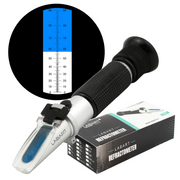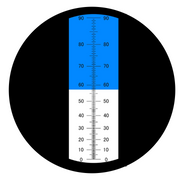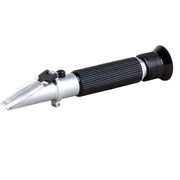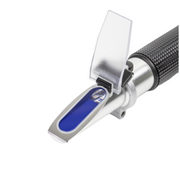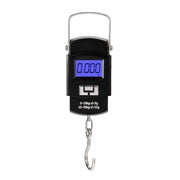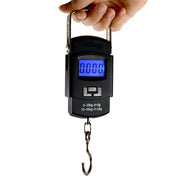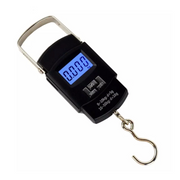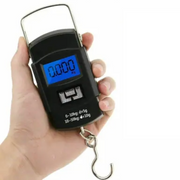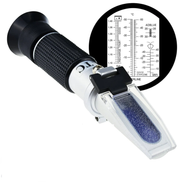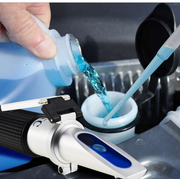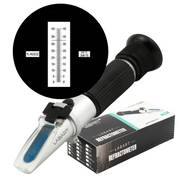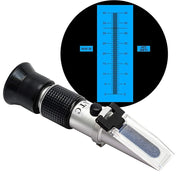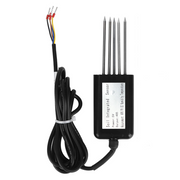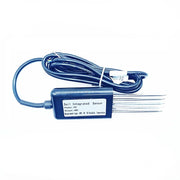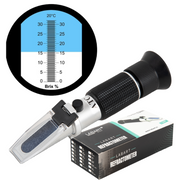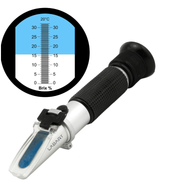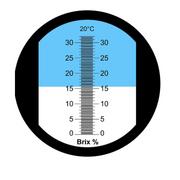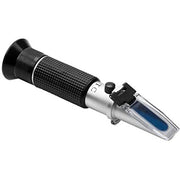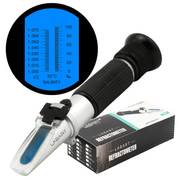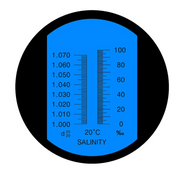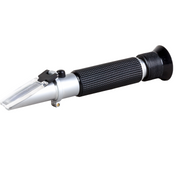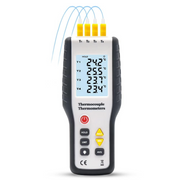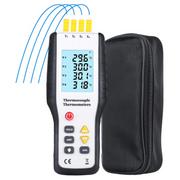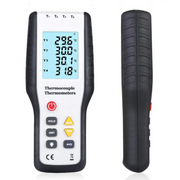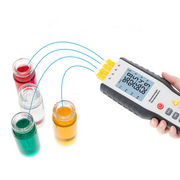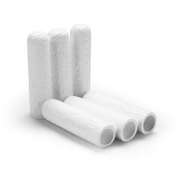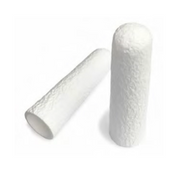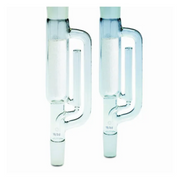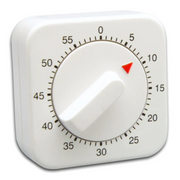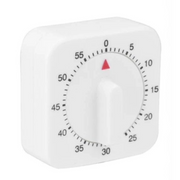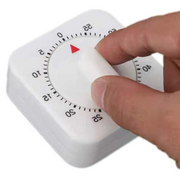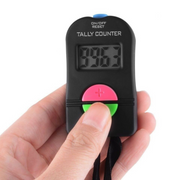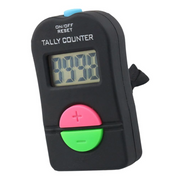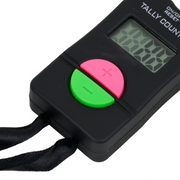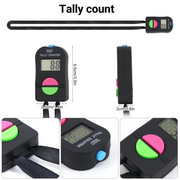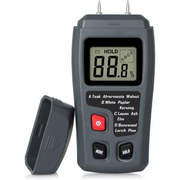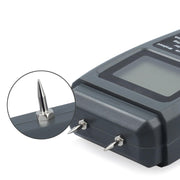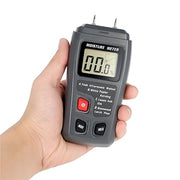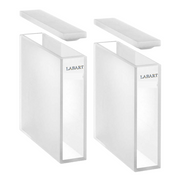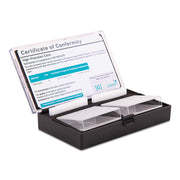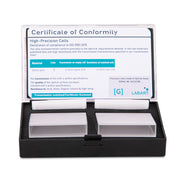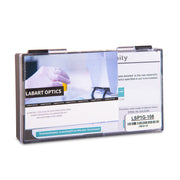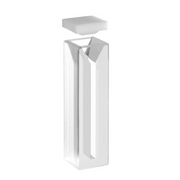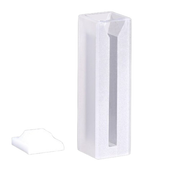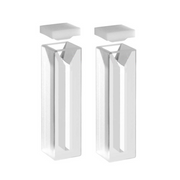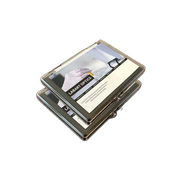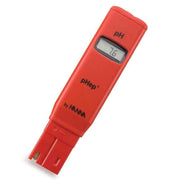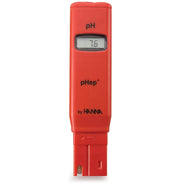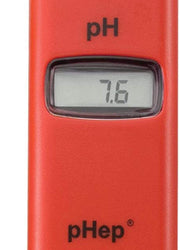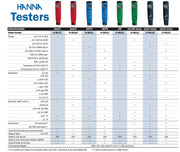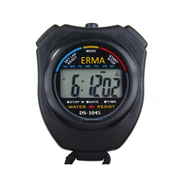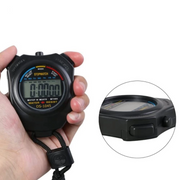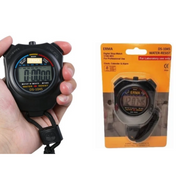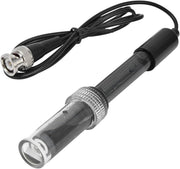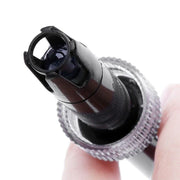What is salinity Refractometer?
A salinity Refractometer is a device used to measure the salinity of a solution, typically water. Salinity refers to the concentration of dissolved salts in water. This measurement is crucial in various fields, including aquaculture, marine biology, oceanography, and even in industries such as food processing and pharmaceuticals.
History of salinity refractometer
A notable fact related to salinity refractometers is their historical development and significance in oceanography. The use of refractometers for measuring salinity traces back to the early 20th century, notably with the creation of the Practical Salinometer by Thomas George Thompson in 1902. This device revolutionized oceanographic research by providing a more accurate and efficient method for measuring seawater salinity compared to earlier techniques like chemical analysis.
General Scope of application
Furthermore, the ongoing refinement of salinity refractometer technology, including the development of digital and portable models, continues to enhance our ability to monitor and study changes in ocean salinity levels, which are critical for assessing the impacts of climate change on marine ecosystems and global water cycles
In addition to measuring salinity in natural bodies of water like oceans and lakes, salinity refractometers are also utilized in the maintenance of swimming pools and spas. Keeping the water balanced with the appropriate levels of salt is crucial for ensuring swimmer comfort and preventing equipment corrosion. By using a salinity refractometer, pool owners and maintenance professionals can accurately measure the salt concentration in the water, allowing for precise adjustments to achieve optimal conditions. This demonstrates the diverse applications of salinity refractometers beyond scientific research, extending into everyday activities like pool maintenance.
Here's how it works?

Principle: Salinity refractometers work on the principle of refraction. When light passes through a liquid with dissolved solids (salts), its speed and direction change. The degree of this change is proportional to the concentration of dissolved solids in the liquid.
Design: The refractometer consists of a prism or a lens system through which light is directed. The refractive index of the liquid is measured by observing the angle at which light is bent (refracted) as it passes through the liquid. The salinity refractometer is made of aluminum and ABS rubber, anti-rust, non-staining and resistant to abrasion, and sturdy for long time use. Portable refractometer with plastic case easy to carry
Calibration: Like any precision instrument, salinity refractometers require calibration to ensure accurate readings. Calibration is typically done using a standard solution with a known salinity level.
Types of Salinity Refractometer
There are different types of salinity refractometers, including handheld models for field use and bench top models for laboratory settings. Some refractometers are specifically designed for seawater, while others are more versatile and can measure a range of salinity levels.
Why to Use a Salinity Refractometer?
 A salinity refractometer is a handy tool primarily used in aquarium keeping and marine biology, but it also finds applications in industries like food processing and environmental monitoring. Here's why it's beneficial:
A salinity refractometer is a handy tool primarily used in aquarium keeping and marine biology, but it also finds applications in industries like food processing and environmental monitoring. Here's why it's beneficial:
Accuracy: Salinity refractometers offer precise measurements of salt concentration in water, making them invaluable for research, monitoring, and quality control purposes.
Efficiency: They provide quick results, allowing users to assess salinity levels rapidly, which is particularly useful in time-sensitive situations such as aquaculture management or oceanographic surveys.
Versatility: Salinity refractometers can be used in various settings, from laboratories to fieldwork, due to their portable designs and ease of use.
Cost-Effectiveness: Compared to other methods of salinity measurement, such as titration or conductivity meters, hand refractometers are often more cost-effective in the long run, requiring minimal maintenance and calibration.
Where to Use a Salinity Refractometer: Detailed applications

Aquaculture: Monitoring salinity is crucial for maintaining optimal conditions in aquaculture systems, ensuring the health and growth of aquatic organisms like fish, shrimp, and shellfish.
Marine Biology: Researchers use salinity refractometers to study marine ecosystems, including coral reefs, estuaries, and coastal habitats, to understand the impact of salinity fluctuations on marine life.
Oceanography: Salinity measurements are fundamental to oceanographic research, helping scientists analyze ocean currents, study climate patterns, and investigate the properties of seawater.
Food Processing: Salinity refractometers are employed in the food industry to assess the salt content of various products, such as brines, sauces, and processed meats, ensuring consistency and quality control.
How to Use a Salinity Refractometer?
 General method of a standard salinity refractometer
General method of a standard salinity refractometer
Prepare the Sample: Collect a small sample of the liquid to be tested (e.g., seawater, aquarium water) in a clean container. Ensure that the sample is well-mixed to obtain a representative measurement.
Apply the Sample: Place a few drops of the prepared sample onto the prism or lens of the refractometer. Close the cover gently to ensure an even spread of the liquid.
Take the Reading: Look through the eyepiece of the refractometer and focus until the boundary or line of contrast is clearly visible. Read the salinity value from the scale provided on the instrument.
Dual Scale: you can get accurate results in two different units at the same time at just one test.
Scale Range: Saline Refractometer provides readings of 0-100‰ and corresponding specific gravity of 1.000 to 1.070. These are the most common units to show the salinity of the water.
1%=1 PPT=1000PPM, PPT means “parts per thousand", PPM means “parts per million"
Record and Interpret Results: Record the salinity measurement obtained from the refractometer. Interpret the results based on the specific requirements of your application or research.
Clean and Store: After use, clean the prism or lens of the refractometer with a soft cloth or tissue to remove any residue. Store the instrument in a dry, protective case to prevent damage and ensure longevity.
How to choose your first salinity refractometer from LABART?
When choosing your first salinity refractometer, especially if you're considering Labart's offerings in copper alloy with ATC (Automatic Temperature Compensation) function, here are some key features to compare with more economical options available in the market:
 Material Quality: Labart's salinity refractometers in copper alloy typically offer superior durability and resistance to corrosion compared to cheaper plastic models. This ensures longevity and reliability, even with frequent use.
Material Quality: Labart's salinity refractometers in copper alloy typically offer superior durability and resistance to corrosion compared to cheaper plastic models. This ensures longevity and reliability, even with frequent use.
Accuracy: Labart refractometers are known for their precision and accuracy in measuring salinity levels. The use of high-quality materials and precise calibration contributes to more reliable readings, which is crucial for maintaining aquatic environments.
ATC Function: Automatic Temperature Compensation (ATC) is a critical feature, especially in applications where temperature variations can affect readings. Labart's refractometers with ATC ensure that temperature fluctuations are accounted for, providing more accurate and consistent results across different environmental conditions.
Easy Calibration: Labart refractometers are designed for easy calibration, allowing users to calibrate the instrument quickly and accurately whenever necessary. This ensures that the device remains calibrated for precise measurements over time.
Clear Readings: Labart's refractometers typically feature high-quality optics and a clear scale, making it easy to read and interpret salinity levels. This is particularly important for users who may be new to using refractometers.
Support: Labart often provides excellent customer support on their products, giving users peace of mind regarding the quality and reliability of their purchase.
Value for Money: While Labart's refractometers may have a higher upfront cost compared to more economical options, their durability, accuracy, and additional features like ATC can offer better long-term value by reducing the need for frequent replacements and ensuring accurate measurements over time.
Click here to buy LABART LRS-10 Salinity Dual Scale refractometer
Overall, salinity refractometers are essential tools for anyone working with water quality, marine environments, or solutions where the concentration of dissolved salts is a critical factor.


























